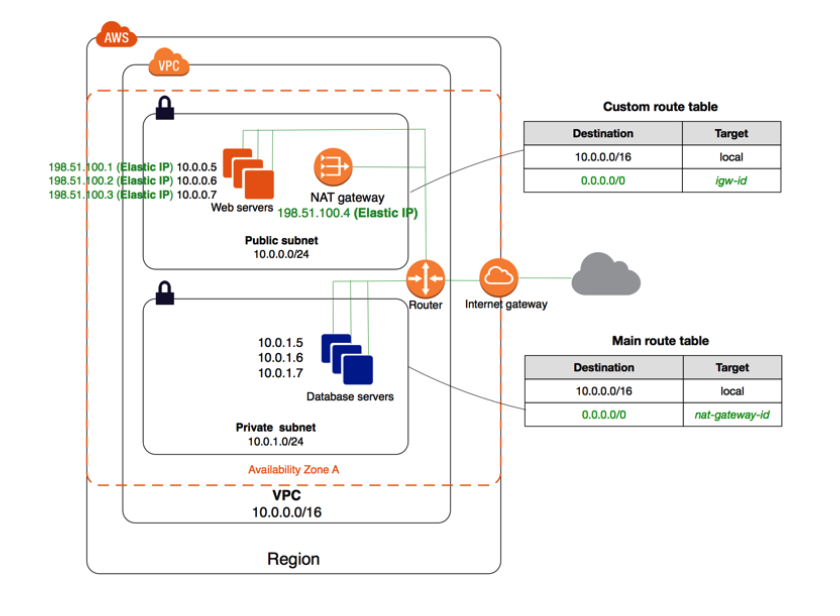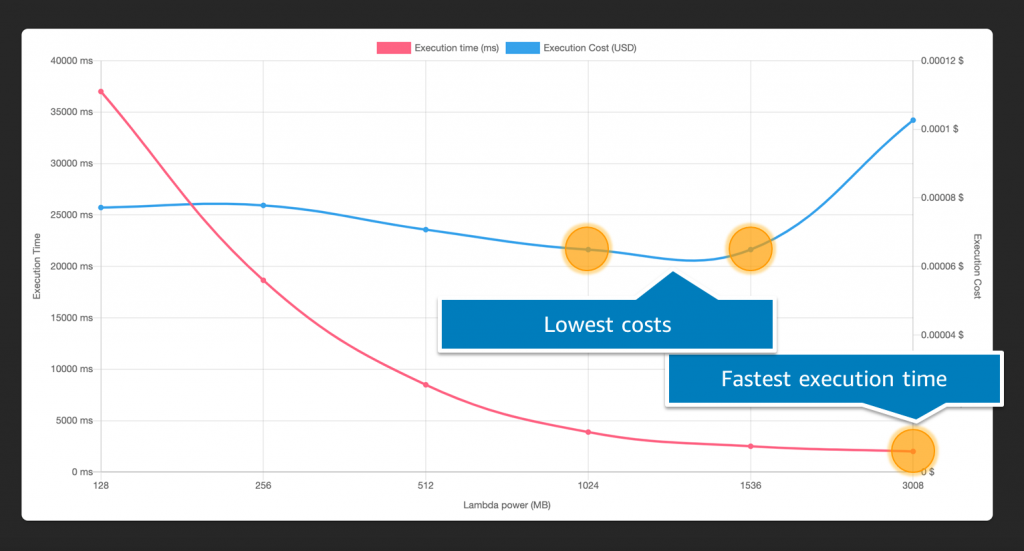AWS Compute Blog
Setting up AWS Lambda with an Apache Kafka cluster within a VPC
Using resources such as NAT Gateways and VPC endpoints with PrivateLink, you can ensure that your data remains secure while also granting access to resources such as Lambda to help you create a Kafka consumer application. This post provides some tips to help you set up a Lambda function using Kafka as a trigger. It also explains various options available to send data securely.
Introducing the SMS sandbox for Amazon SNS
This post describes the SMS sandbox in SNS. It shows how you can configure the SMS sandbox features, quotas, and how you can move out of the sandbox.
Building serverless applications with streaming data: Part 1
In this post, I introduce the Alleycat racing application for processing streaming data. I explain the virtual racing logic and provide an overview of the application architecture. I summarize the deployment process for the different parts of the solution and show how to test the frontend once the deployment is complete.
Using bus-to-bus event routing with Amazon EventBridge
Using Amazon EventBridge, you can now route events between different event buses in the same Region and same AWS account. Combined with the ability to route events cross-Region, this provides you with significant flexibility in routing events in your workloads. This blog post explains how to use event routing and walks through ways you can […]
Operating Lambda: Performance optimization – Part 3
This post is the final part in a 3-part series on performance optimization in Lambda. The Lambda service makes frequent performance improvements in the underlying hardware, software, and architecture of the service. This post identifies the parts of the Lambda lifecycle where developers can make the most impact on performance.
Using shared memory for low-latency, intra-node communication in AWS Batch
In this post, I show how the new shared memory support in AWS Batch is able to improve performance while decreasing the latency of the intra-node communication. This performance gain can also lower the cost of running jobs overall.
Operating Lambda: Performance optimization – Part 2
This post is the second in a 3-part series on performance optimization in Lambda. It explains the effect of the memory configuration on Lambda performance, and why the memory setting also controls the compute power and networking I/O available to a function.
Introducing cross-Region event routing with Amazon EventBridge
With cross-Region event routing in EventBridge, you can now route events from any AWS Region to other supported Regions. This post explains how to configure cross-Region event routing in the console and CLI and explains how to restrict access to routing capabilities. Finally, I walk through an example you can deploy to your AWS account.
Controlling concurrency in distributed systems using AWS Step Functions
In this blog post, you learn how to control concurrency in a distributed system. You implement a semaphore using Step Functions and DynamoDB Conditional Expressions. Finally, you use EventBridge to trigger lock cleanup when you encounter failure.
Operating Lambda: Isolating and resolving issues
This blog post outlines a general approach to debugging Lambda performance issues and errors. This provides a repeatable process for isolating and resolving problems in your serverless workloads. Using the walkthrough of the Coffee Lookup application, I show how to reproduce a production bug, isolate the cause of errors, and then isolate the performance issue.










